If you click on a link and make a purchase we may receive a small commission. Read our editorial policy.
Marvel Comics & DC Comics: Decoding the Volume, the Velocity, and Value that makes their businesses work
Comics industry expert Joe Illidge pulls back the curtain on the machinations of Marvel and DC.

You’ve seen the Venn Diagram of good, fast, and cheap before, haven’t you? It’s the source of both laughter and misery.
Among the many environments in which the 'Iron Triangle' of product development is commonplace, it is especially welcome and nurtured in the comic book industry, and unless you are a creator of strategy, endurance, and self-awareness, it will pulverize you.
A friend sent me a video from an expert talking about how to be a successful entrepreneur. One of the first principles the speaker put forth was the idea of 'Value x Velocity,' predicated on the idea that a person becomes wealthy based on how many problems they solve for a growing number of clients.
Every gig you get in comics is because the editor has a problem to solve. The need to get X book done in Y amount of time.
From your perspective, every gig is an opportunity to make art, artistic product, and establish your value as a creator. Doing that while raising your profile, to develop a good reputation on the road to career ascension.
For the publisher, you’re a specialized instrument.
The top 10 publishers in the Direct Market of comic book producers, distributors, and retailers have the need and burden of maintaining their positions on the pie chart of market dominance, but we’re going to focus on The Big Two.
Marvel and DC.
Both companies have prestige and influence, which comes with a myriad of challenges and goals, and they can all be looked at through the prism of market share.
In the third quarter of 2023, Marvel Comics controlled 37.8% of the comic store market while DC Comics controlled 24.9% of the market, giving them a combined dominance of almost 63%.
While the numbers fluctuate from quarter to quarter, their positioning remains the same. Unwavering. Adamantine. Try to knock them out and they will cut you at a vital artery. It’s The Thing That Must Be Preserved. AT ALL COSTS.

Marvel maintains the #1 publisher position in part through title volume and variant covers, the combination of which takes up shelf space in comic book shops. Every shelf Marvel occupies is a shelf that is denied to DC Comics, or any of the other top 10 publishers, or any of the dozens of publishers that fight each other like piranha for the remaining 9.4% of the market.
Every variant cover Marvel makes contributes to creating a wall of books on the shelves that extends beyond the buyer’s peripheral vision.
That volume is made possible by all you creators, and this is where the entrepreneurial guru’s statement starts to become an equation of stark reality.
Volume X Velocity = Value
Periodical comic books are a 30-to-31-day rinse and repeat, don’t you dare try to cut me off on the highway business, and it takes warm, needy bodies to feed that beast.
You. And your peers in the business. Your friends. Their friends.
There are more of you that want to work for The Big Two than the companies can handle. In the case of writers, at least one of the Big Two publishers creates a competition. A cage match in which various writers are offered the chance to pitch for the same project. It’s brilliant in a way, because it gets a number of writers to present ideas to the company for their IP.
For most writers, it’s a no-pay scenario, because you’re pitching. For that coveted chance to work on the next guy-with-a-cape or arachnid-guy project. At some point in the process, the publisher may have you sign a document saying you acknowledge the publisher has various story ideas in play regarding said character and that your idea being similar to one of their ideas does not mean they stole your idea.
I worked for a once-top-10 publisher that had those kinds of documents.
I worked for another publisher that made artists get into the cage, too. Asked their agent to have the artist produce a half-handful of pages for free, or for a fee that couldn’t cover a week’s worth of groceries unless you were on a food benefits program with the government.
If you beat your unknown competition and get the gig, great. You walk out of the cage a winner, bruises and blood on the mat notwithstanding. Now you’re headed to the wheel, because the project may be starting behind the eight ball and you have just enough time to go to the bathroom before you get started.
The adventure begins, and you don’t have the time for learning curves or making mistakes. You don’t have the time to wait for reference. You don’t have the time for that 4-day vacation with the spouse. The life partner. The kids.
You are now in the zone of Velocity, moving at the speed of need to meet the publisher’s demand of high-volume annual production.
In a recent Popverse article, Marvel's vice president of publishing Tom Brevoort said “…we need to put out a certain overall number of titles, each one generating a needed profit margin, in order to pay for our overhead and keep the division profitable.”
“certain overall number of titles” = VOLUME
“generating a needed profit” = VELOCITY
“pay for our overhead and keep the division profitable” = VALUE
How Marvel Comics fits within this formula

Here’s a look at Marvel’s new comics output over a series of months in the final quarter of 2023 and start of 2024, based on their advance orders booklet for comic shop owners.
October 2023 – 77 new comics
November 2023 – 83 new comics
January 2024 – 75 new comics
That’s an average of about 20 new comic books per week, not counting the multiplying factor of variant covers.
Volume.
Multiply that by 52 weeks of content that needs to be produced at a predictable speed.
Velocity.
The ability to state with clear evidence that you’re the #1 publisher of comic books in the North American space makes you an attractive partner for other businesses because of your captive audience.
Value.
VOLUME x VELOCITY = VALUE
For Marvel.
Not for most of you.
How DC Comics fits within this formula

DC Comics is the #2 publisher, and you may be thinking that’s not attractive or sexy, but you’d be wrong. They’re the monthly publisher of the #1 superhero in North American comics.
Batman.
Dark Knight. Caped Crusader. Profit machine. Tip of the spear. High-volume leader with the gravity of a celestial body in space, pulling the rest of the DC Universe of characters along for the monthly periodicals ride.
Volume is both micro and macro when it comes to Batman.
October 2023 – 54 new comics, 20 of which are Batman family titles or starring a Bat-character, which accounts for more than 33% of the new comics output that month
December 2023 – 44 new comics, 21 of which are Batman family titles or starring a Bat-character, which accounts for close to 50% of the new comics output, and that’s not counting four Batman: Year Onefacsimile comics which are reprints of older issues from 1987.
January 2024 – 38 new comics, 20 of which are Batman family titles or starring a Bat-character, which accounts for more than 50% of the new comics output
The Volume of Batman books is apparently equally as important as the volume of the rest of the superhero output for any given month combined.
Batman is such a critical character to the company’s publishing that for the recent New York Comic Con 2023 announcement of DC’s Elseworlds imprint returning in 2024, of the six books announced in the first wave of titles, 50% are Batman-starring, and two out of the three remaining titles either use Batman terminology in the title or have a starring character originating from the Batman family of characters.
Riddle me this: How many creators does it take to produce between a third and a half of a superhero publishing universe month after month?
A battalion.
The Volume of books produced multiplied by the Velocity with which those books are produced leads to Value.
For DC Comics.
Not for most of the creators.

The Volume x Velocity = Value model is the band-aid on the never-ending desperate need of highest market share publishers in the Direct Market of comic books.
Velocity cannot slow down. A publisher can never become complacent. Never rest on their laurels. Never blink…or one day they check their numbers, and they’ve lost both sales and market share.
It’s the same for the creators, who can’t afford to slow down, can’t ever become complacent. Dare not rest on their laurels. Blink at their peril. Because one day, they check their email, and no one’s reaching out asking them to take on new work.
When we reverse the equation so it looks like this:
VALUE = VOLUME x VELOCITY
Does it remind you of anything? Maybe something you learned in the 7th grade?
WORK = FORCE x DISTANCE
How much work can you generate?
How much force will you apply on yourself to meet the needs of outside parties?
To go how far a distance?
Again and again.
To help the client maintain market share.
The longer you play the velocity game, the greater chance of reducing your marketability due to deterioration of the quality of your work…or the quality of your health, mental as well as physical.
For you, the equation is VOLUME x VELOCITY = REPUTATION DAMAGE, because you’re only as good as the last book of yours in the stores, and a dip in your quality is a spike through the ribs of your career.
Once upon a time, there was the occasional Hazard Pay in comics. It wasn’t commonplace, because producing at the bleeding edge of print schedules wasn’t the standard operating procedure, but from time to time, it was offered to creators.
According to the U.S. Department of Labor, “Hazard pay means additional pay for performing hazardous duty or work involving physical hardship. Work duty that causes extreme physical discomfort and distress which is not adequately alleviated by protective devices is deemed to impose a physical hardship.”
While we can’t equate working in comics to being a construction worker or fireman, the demanding nature of the industry’s high volume, high velocity output puts distress on and creates physical discomfort for various creators.

The comic book industry will not change. The VOLUME x VELOCITY = VALUE equation has been intrinsic in its business practices for the better part of the last one hundred years.
No matter how many allies, advocates, and human buffers you have within the collection of comic book publishing clients, the machine is still the machine…and you are an instrument.
Until and unless you change the equation based on your value…
…or one day you could find your career falling from the sky at terminal velocity.
Over the next few months, Joseph Illidge will be writing a regular series of essays about comics- the medium, the message, the industry, and the community - from his vantage point as a comics writer, comics editor, Comic Book Legal Defense Fund board member, and owner of a movie production company.
This is Joe Illidge's Adventures in the Champagne Room.
Follow Popverse for upcoming event coverage and news
Find out how we conduct our review by reading our review policy
Let Popverse be your tour guide through the wilderness of pop culture
Sign in and let us help you find your new favorite thing.



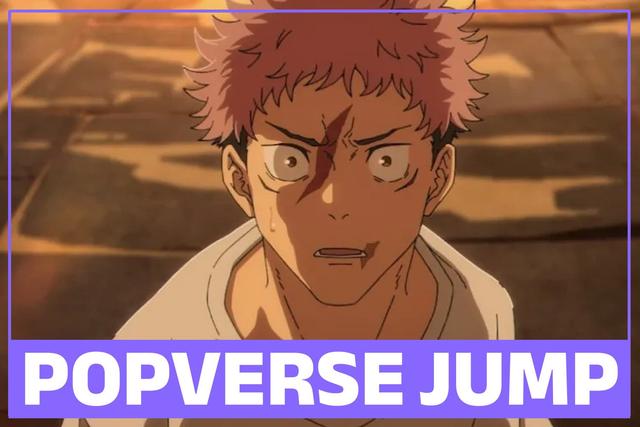

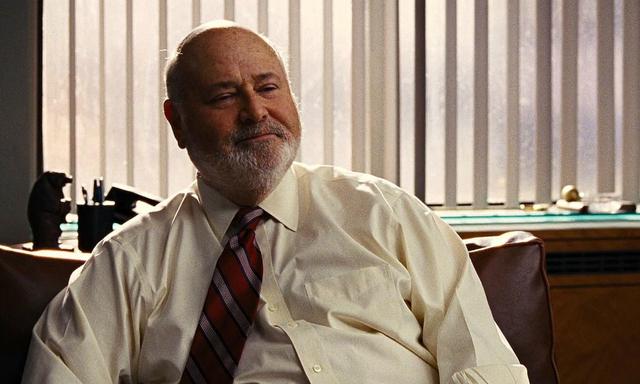
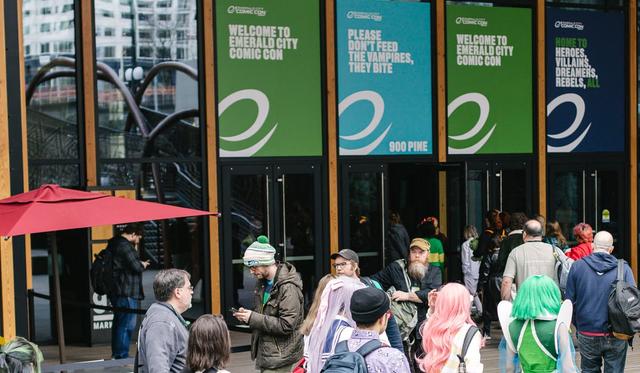

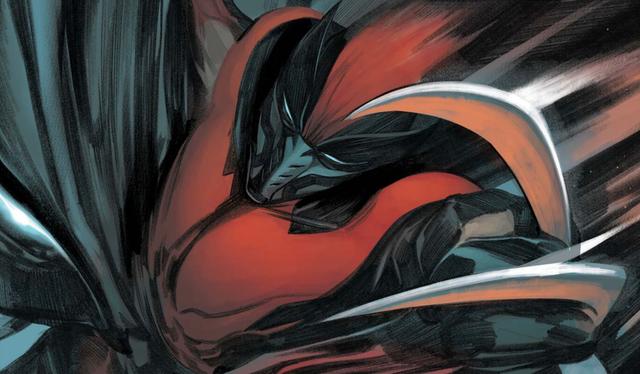
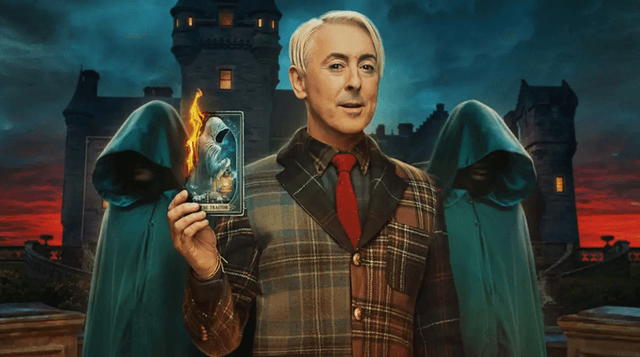






Comments
Want to join the discussion? Please activate your account first.
Visit Reedpop ID if you need to resend the confirmation email.